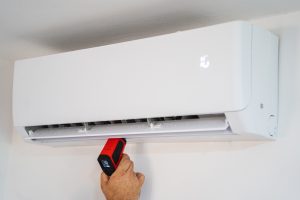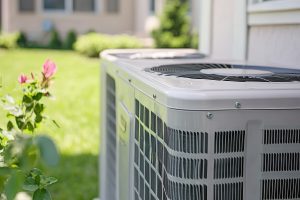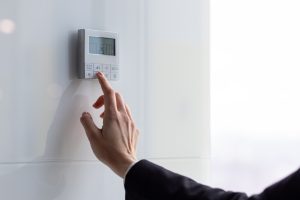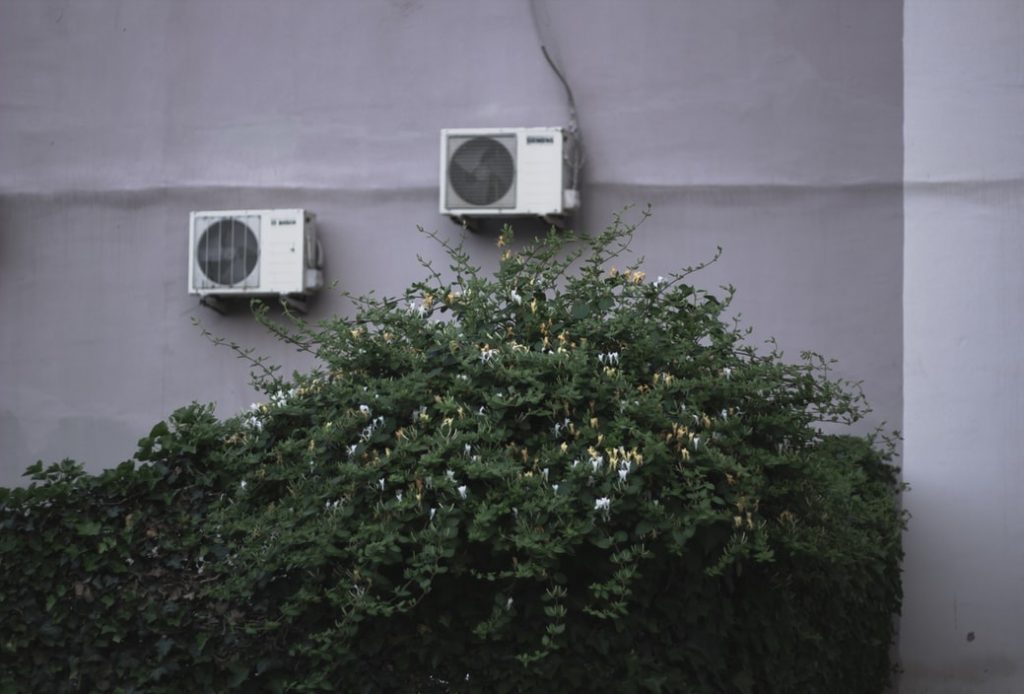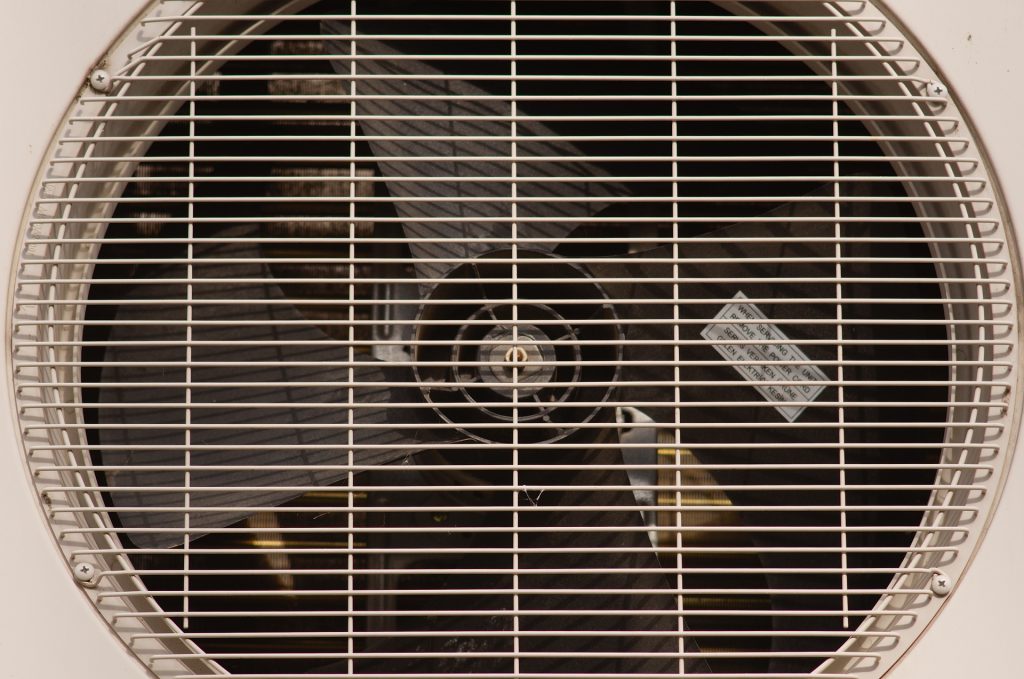Pet dander, mildew, pollen, dust, among other pollutants, can significantly reduce indoor air quality. Also, if debris continually builds up in the HVAC system, it can decrease its efficiency or even lead to mechanical failure.
Cleaning indoor air and keeping the HVAC system free of contaminants is the work of furnace filters. Having the furnace filter in great shape is thus crucial.
It’s vital to change your furnace filters often if you desire to always have good indoor air quality and a smooth-running HVAC system. But do you know how to change a furnace filter?
Unfortunately, not many homeowners know how to replace furnace filters. Luckily, this piece explores how to change filters in a furnace for beginners.
But first, how does a furnace filter work?
How Furnace Filter Works
Furnace filter achieves its purpose by cycling the air traveling through the HVAC system and your rooms. In essence, this occurs when the cold air in the house is drawn to the furnace through return ducts. Inside the furnace, the heat exchanger heats the air, which is then sent back to the rooms.
This is a continuous process that takes place over and over again. Now, with all this air traveling from the rooms to the furnace through the ducts and vice versa, dirt, debris, and other pollutants are collected on the way.
The furnace filter works to clean the air of debris, ensuring that it doesn’t get to other parts of the HVAC system. Also, it makes sure that the air traveling back to your house is clean and safe.
For this reason, furnace filters are pretty essential components that need to always be in perfect shape. So, here is how to change your furnace filter?
How to Change Furnace Filter
Changing a furnace filter is a pretty easy and quick task that you can do yourself. However, if you are not able to do it, you may seek professional help from local experts.
Here are the basic steps to follow when changing a furnace filter:
Step 1: Determine the Kind of Filter You Have
Furnace filters differ, and identifying the kind of filter you have or need to replace is the first and the most crucial step.
So, how can you tell what kind of filter you have? Well, to understand that, let’s explore the different types of furnace filters available in furnace filtration.
There are five common types of furnace filters including:
- Fiberglass filters
- Electrostatic filters
- Pleated filters
- Carbon filters
- HEPA filters
These filters can either be disposable or permanent. Here are the main differences between permanent and disposable filters.
Difference Between Permanent and Disposable Filters
Disposable filters are replaced after every month, quarterly, semi-annually, or annually. Though they require replacement every so often, they offer you the convenience of not having to deal with a single filter over an extended period. This is a good thing because you don’t have to keep up with a single permanent filter’s repair and maintenance task.
However, disposable filters can be pretty inconvenient as well, especially when your filter size is challenging to find. This can become more of a hassle when purchasing it every other month.
Therefore, some people prefer permanent filters over disposable ones as they are long-lasting, between 5-10 years, and most come with a lifetime warranty. Made with aluminum or stainless steel, permanent filters are also sturdier than disposable ones.
While the initial cost of permanent filters is higher than that of disposable ones, it can bring you significant long-term savings. For those who don’t have to worry about the high-cost issue, permanent filters are better.
Permanent air filters only need washing once a month and not replacement like disposable ones. Also, they carry a high-rated MERV filter, which means better performance.
So, what is the MERV rating?
MERV Rating
Different types of furnace filters have different MERV values. The MERV rating was launched by the “American Society of Heating, Refrigeration, and Air Conditioning Engineers” in 1987 as the first system that allows standard performance rating other than HEPA filtration.
The MERV value measures the size of elements that your filter can trap, with a higher number indicating that it captures even the minutest of particles.
Step 2: Remove the Service Panel and the Existing Filter
The next step is locating and removing the service panel. Then slide out the existing filter inside your furnace. To do that, you need to turn off your furnace completely, reach for the filter inside the air return vent or furnace and pull it out. It is located near the outtake/intake blower fan.
After removing it, carefully note the cardboard frame size so you’ll know the exact filter size to purchase.
Step 3: Find the Right Replacement
After noting the furnace filter size, you need to visit the nearest local home store or hardware store and buy a replacement. Also, you may browse and order it online.
Step 4: Install Your New Filter
The last step is installing your newly acquired furnace filter. Most furnace filters exteriors have an arrow indicating the direction in which the air flows. This arrow can offer you the correct way to install your filter.
Also, the markings tell you the side of the filter that should face your furnace. Slide the new filter into place and then place the cover back over it.
Remember to mark the date you change the filter so that you know the date to replace it again.
When is the Right Time Interval to Change the Furnace Filters?
The time interval you take to change your filter differs from one home to the next. It can occur once a month, quarterly, annually, or longer (for permanent filters).
An excellent place to start in order to know the exact timing is to check the product information on the packaging you were given during your filter purchase. Most manufacturers indicate how frequently to change your filter.
While the timing for changing furnace filters differs, here is a standard schedule:
- Change 1- to 2-inch filters every 1 to 3 months
- Replace 3- to 4-inch filters every 6 to 9 months
- Change 5- to 6-inch filters every 9 to 12 months
The thicker the filter, the longer they last. Filter efficiency, measured by MERV, also determines how often you’ll need to change them. Filters with higher MERV ratings last longer compared to those with lower ratings.
Other household factors affect how long the furnace filter can last and how often it needs replacement. They include:
- Pets in the Home – Homes with furry friends reduce the furnace filters’ service life by 30 days per pet, compared to those without.
- Number of People in the Home – Homes with large families need frequent changing and vice versa. The higher the number of people using a particular room, the more contaminants they introduce to the home air that needs filtering.
- Allergy Sufferers in the Home- If someone suffers from any allergies, then changing the furnace frequently will be prudent to ensure the furnace is always in good shape and can work optimally to remove contaminants.
- Indoor Air Quality – If a home often uses air purifiers and air cleaners, the air around is cleaner than homes that don’t use them. Therefore, furnace filters can last longer in homes that use air purifiers frequently.
- Smoking – If one or more house occupants smoke, the furnace filter will need frequent replacement.
- HVAC System Use- During seasons like winter or summer, furnace filters do not last long as the HVAC runs throughout. Changing them is necessary since the system is almost always in operation.
Conclusion
Dirty furnace filters can cause harm and discomfort to room occupants and lead to low-quality indoor air quality. What’s more, it reduces HVAC efficiency and can lead to system malfunction. Ensure that you make changing a furnace a top priority if you want to increase air quality at your home, and to improve HVAC efficiency. This article elaborating on how to change a furnace filter is an excellent place to start.



